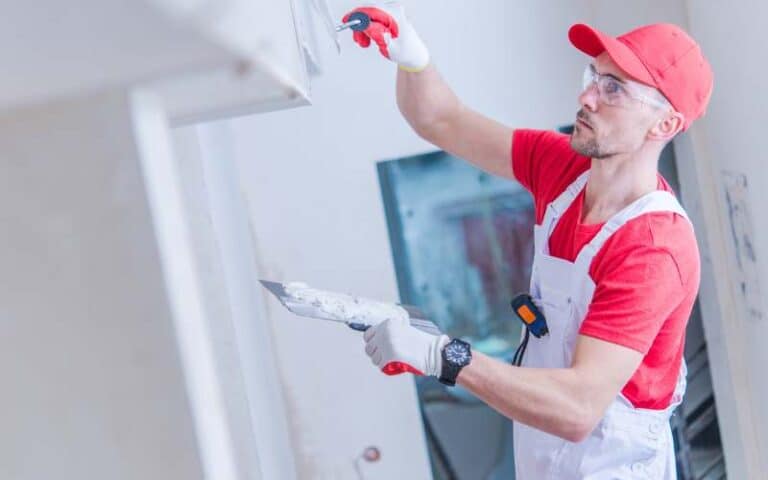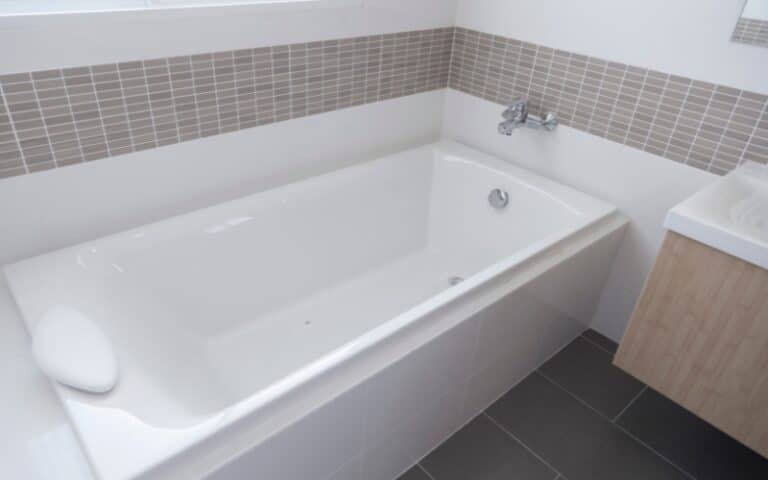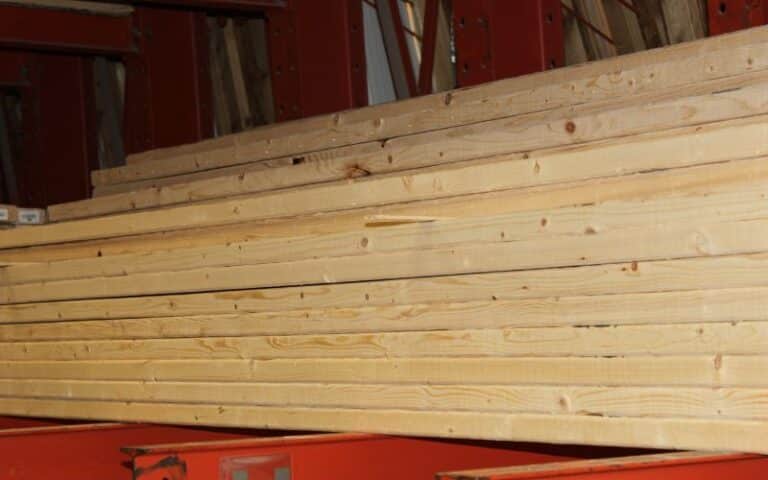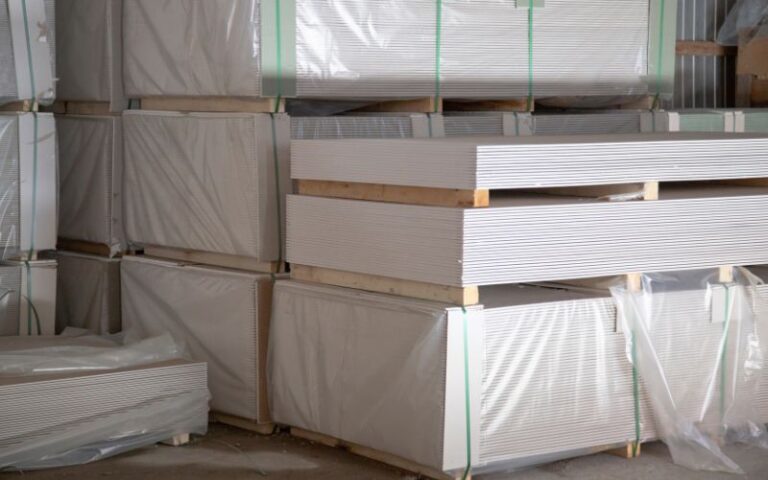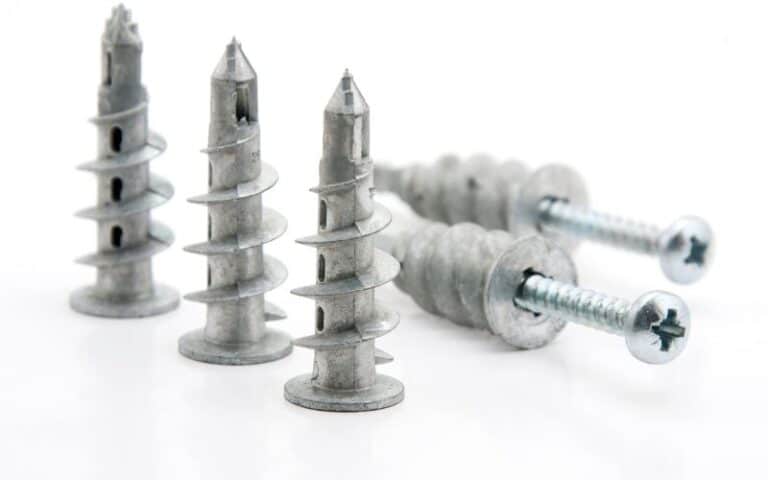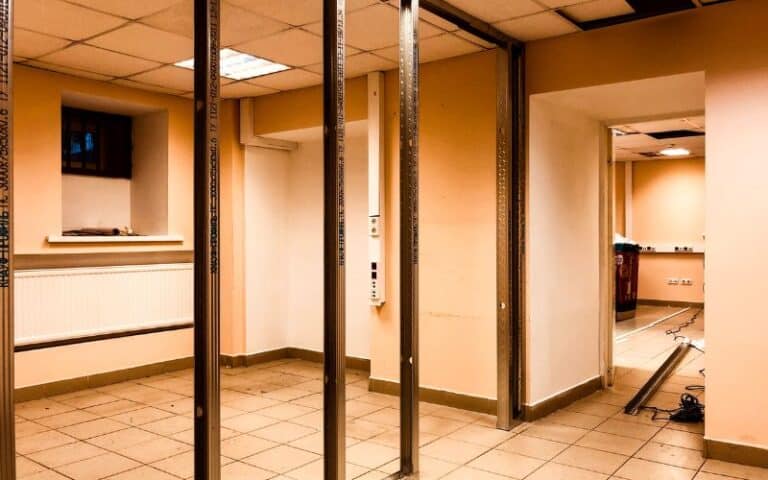When it comes to drywall applications, screws beat nails in performance. There’s also ease of use since you can use screws with drills or screw guns.
The variety in drywall screws makes a case for their popularity. But despite all the pros, one needs to use them correctly to get the right results.
Besides choosing the correct length of screws, it also helps to use drywall anchors. So, how do you fare when you can get any anchors?
The good news is that you can use drywall without anchors. So, anchors are optional for some drywall installation applications. The main work of drywall anchors is to support the screws on objects they hold. So, you don’t need to use anchors if the screws will have a good grip by themselves on the wall.
You just learned that you could use drywall screws without anchors, but that’s only the tip of the iceberg! This article will go further to give you instances when that’s possible.
By the end, you’ll learn how to use drywall screws without anchors. Also, you’ll get to know alternatives to anchors for when the screws need support.
Ready for a Drywall Quiz?
Can I Install Drywall Screws Without Anchors?
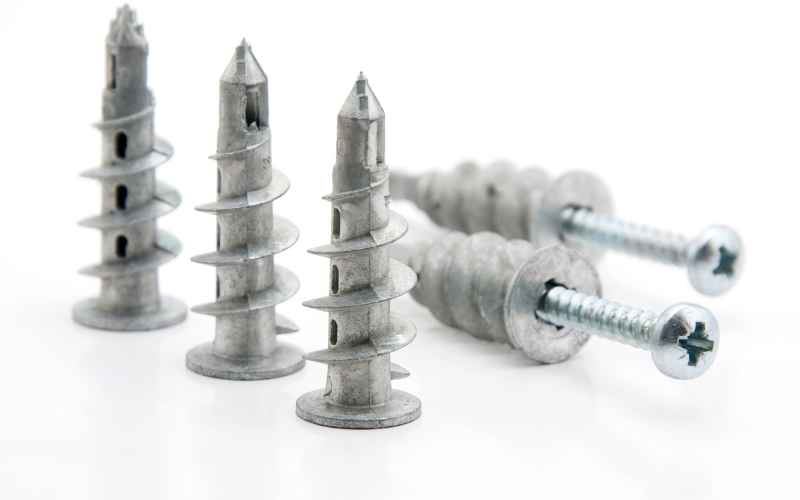
Yes, you can install drywall screws without anchors. But keep your anchors intact! Using drywall screws without anchors is usually safe when they can stand firm alone.
Drywall anchors aren’t a complementary part of screws; they give the screws extra support. After installation, you’d notice that screws or nails start to get loose in their joints.
The effect is due to the heating and cooling of the metal; it causes the metal to expand and shrink. Thus, that effect affects the size of the hole holding the screws.
What follows next is that the hole becomes loose, and you’ll need a new fitting. So, to avoid that scenario, screws with drywall anchors prevent notable changes in size.
Thus, with drywall anchors, screws can stay firm on installations without turning loose.
Another point to note about support is the weight of the object pulling down on the drywall screws. Drywall screws should be firm enough to stay in place despite the drag.
The baseline of using drywall screws with or without anchors is the question of support. Will the screws have proper support for the installation with anchors or not?
So, when considering that factor, you can decide whether or not your installation needs drywall anchors. But, again, the focus is on the safety of your setup at this point.
Drywall anchors add a layer of safety, so you can never go wrong with them. But you can do without them in cases where the screws have a firm grip on their own.
Such an instance is when installing objects with low thickness and weight. Getting a screw that beats the length of the object you’re installing will work just fine.
The need for anchors comes in when you have to set up a heavy object with a high thickness. It’s easy to see how the weight can drag the screws out of the setup.
So there you have it! Drywall anchors provide screws with extra support. But you can install drywall screws without anchors for a lightweight object with low thickness.
How Do You Keep Screws In Drywall Without Anchors?
Finding an alternative to anchors can keep drywall screws secure in walls. Thus, your setup will stay in place without any risks of falling off.
Usually, screws can fit in drywalls without anchors for lightweight installations. But they’ll need an alternative to anchors if you use them to hold heavy objects.
For every setup, there are safety measures you need to ensure. So, it goes the same for drywall screws when you have to install them without anchors.
Always ensure the drywall screws have a firm grip, even without anchors. The idea here is to give the screws some padding to keep them firm in drywalls.
You can still get a firm connection between screws and drywalls without anchors. Using a stud usually comes first on the list of alternatives to drywall anchors.
Studs offer an excellent grip for screws with drywalls if you can mark them for your setup. But you’ll have to find the studs before using them.
Finding the studs in your home requires effort, but it’s still a DIY task. It’s simpler to find the studs if you have a stud finder. Then, you’ll get it done in no time.
But without a stud finder, you can use a measuring tape to find the position of the studs. All you have to do is measure the corner of your wall.
Here’s the simple trick, the placement of studs is usually 16 inches on center for modern homes. But you’ll find them 24 inches apart for older homes.
Once you find the studs, you can position the drywall screws to fit your setup. The studs will provide enough support to keep any objects you hang in place.
With studs, you can get a firm grip on your drywall screws. What’s thrilling about this alternative to anchors is that there are already studs in our homes.
So, feel free to put the studs in your home to good use when installing drywall screws without anchors. They’ll secure the screws properly on the wall.
How Much Weight Can a Screw Hold In Drywall Without Anchors?
Using drywall screws without anchors will mean they have a weight limit of ten pounds. So, that usually means they can only take the weight of the drywall.
As the name implies, the design of drywall screws is to hold the drywall and wall together. So you’ll risk damage to the object and wall if you add extra weight.
It’s always best to keep the weight beyond the limit to avoid running into trouble. That’s because the slightest change can crumble a setup of drywall screws without anchors.
Yet, drywall screws get a considerable boost when you use them with anchors. The plugs support them to take more than two times the weight limit. How about that for value?
Anchors evenly disperse the weight of an object across the wall to keep the setup safe. They have a better grip on the wall than the screws, hence the greater strength.
To ensure drywall screws can take the maximum weight, it’s always vital to pick the right length. Using will drywall screws that are too short will surely dent the limit.
Shorter screws have a higher risk of becoming loose and coming off the wall. That’s because they tend to cave into the effects of tension more than longer screws.
But that all boils down to the grip. Plus, it’s a no-brainer; longer screws have a better grip than short ones.
Using drywall screws to hang objects without extra support is not a great idea. Instead, you should consider using them with anchors and studs if you must.
The table below shows some standard hanger types and their weight limits.
| Hanger Type | Suggested Weight Limit |
|---|---|
| Adhesive Backed | 50 lbs. |
| Flip Toggle Bolt | 50 lbs. |
| Molly Bolt | 70 lbs. |
It’s best to go with the options on the table for heavy objects. For example, even drywall screws with anchors will hold 40-pound objects at best.
What Are the Best Alternatives to Wall Anchors?
Studs, rails, or a cleat system are the best bet to support drywall screws properly in the absence of anchors. You can tweak either of them to suit your application.
Here’s an insight into how you can use these setups to install drywall screws when you have no wall anchors.
#1. Studs
Using studs can be a drag because of the position of the studs. You’ll have to place the screws exactly where the studs fall on a wall.
After you locate the studs, the vital thing to do is pick the correct screw size. For 1/2-inch drywall, it’s safe to use screw lengths of 1 1/4 to 1 3/8 inches.
Then for a 5/8-inch drywall, you can use screws between 1 5/8 to two inches.
#2. Rails
Rails and cleat systems are modifications of the stud. They help to move the position where you hang an object to a place of your choice.
To make a rail, cut a piece of wood long enough to span two studs. The thickness of the wood will determine the screw length and how much weight the setup will take.
Here also, do well to choose the right screw length. After that, mark the wood for the stud points. Then you can drive the screws through the wood and into the studs.
The screws will sit firmly on the rail layers, drywall, studs, and wall.
#3. Cleat System
The cleat system is still a line of rails with a slope on the wood. So, besides putting screws through the wood, you can hang objects with a corresponding bevel angle.
But this system mainly suits lightweight objects. Another vital point to note is that it requires a lot of work. That part gets discouraging for many folks.
But cleat systems make a great choice if you want to play around with aesthetics. So, modify your rails to give your setup a better look.

